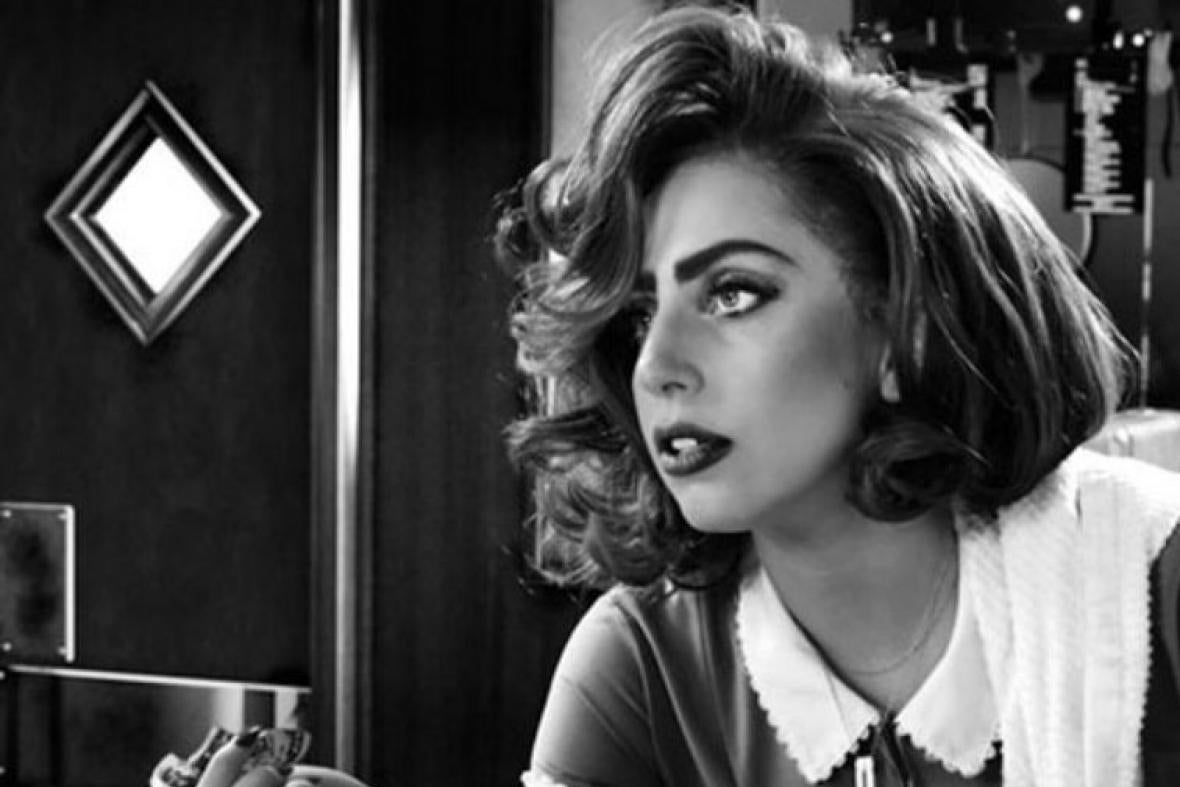Given the persistence with which FX has advertised Lady Gaga’s participation in Season 5 of American Horror Story, you’d be forgiven for reading her presence in this new “Hotel” chapter of the series as something of a desperate PR grab. (Last season’s bland and unfocused “Freak Show” story left many fans, this one included, wondering if Ryan Murphy and Brad Falchuk’s previously riveting creation had run out of screams.)
But Gaga’s performance as “The Countess”—a mysterious vamp exuding a striking sort of glamour that’s both old Hollywood and mod-art chic—is hardly a gimmick. In fact, as the unquestioned doyenne of the Hotel Cortez, Gaga feels like, if not the inspiration for the show’s whole premise, certainly Murphy’s muse in imagining how a haunted hotel might look.
Anyone who’s seen Gaga’s video for the hit single “Bad Romance” has a pretty good idea of AHS: Hotel’s vibe. It’s as if Murphy checked the Alexander McQueen fashions and jerky, subhuman choreography of that video into a darkly gorgeous art deco hotel out of Sunset Boulevard, added a few extra weirdo characters, spread around a volume of gore we haven’t seen since “Murder House,” and loosed Gaga in the corridors to do her diva-alien-living-artwork thing.
That’s not to say that Gaga is just playing herself here. While the countesses’ motivations and backstory are not yet well-defined since we’re just one episode in, Gaga manages to quiet her normal persona—with a creepy 1940s dame accent and looks that skew slightly more elegant than avant-garde—enough to allow for a novel character to emerge. What works so well, though, is that this new character, a fashionable hemophiliac whose appetites blend sex and death freely, is a natural extension of Gaga’s pre-existing pop persona—one that has always lounged listlessly in the seedy side of sexuality.
Gaga has said that this season of AHS is focused on addiction—and indeed, we see depictions of heroin and cocaine use, out-of-control libidos, and a terrifying monster called the “Addiction Demon” in the first episode. But addiction isn’t a new theme for Gaga: A compelling way of reading her entire oeuvre is as the struggle of an artist with her love/hate addiction to celebrity. That conceit can, of course, come across as annoying; regardless of how her persona might “feel,” Gaga the human actually became famous (and wealthy) by wringing her hands about fame. But if you’ve enjoyed the “fame monster” ruminations of the past, AHS: Hotel seems designed to explore the monstrosity of addiction even further.
Another theme of this season is time—how certain traumatic events have the power to freeze us while the world passes by, how some physical places can feel like time capsules, how certain fears are utterly timeless. In comparison to other modern pop divas, Lady Gaga has always seemed to me to have an air of timelessness, mainly because she has carefully (and sometimes brazenly) constructed her image from references drawn from many decades of pop cultural history. AHS follows a similar playbook, pulling and remixing tropes from the history of the horror genre freely and sometimes sloppily—recall “Asylum’s” alien subplot. While this sort of post-modern pastiche doesn’t always work, when done well it has the power to exempt the art or artist from the fads and preoccupations of their specific moment and instead put them in conversation with larger, more interesting questions: Which stories most haunt America’s collective consciousness? And why are we so easily seduced by something as artificial and transient as fame?
